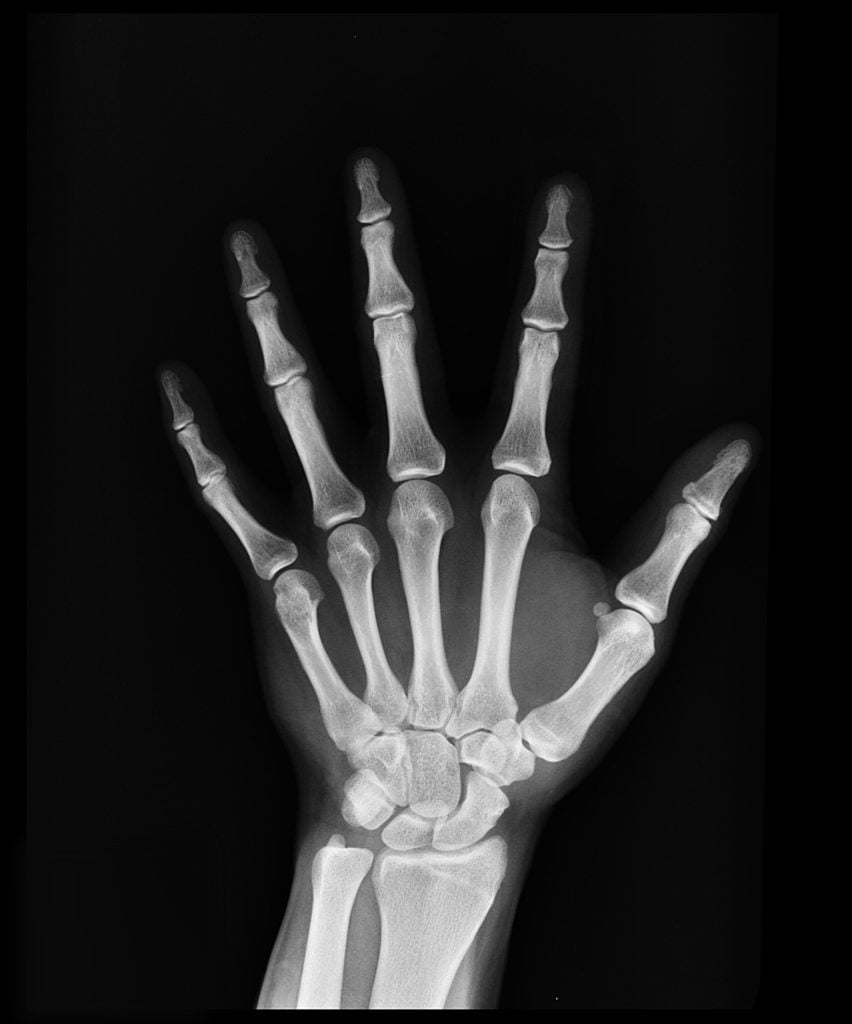When working in harsh environments you should always make sure you have the right equipment to protect the head, face, and body.
What about your hands?
From chemicals to cuts, there are many workplace dangers that pose serious threats to your hands. Wearing gloves is essential in preventing potentially serious injuries. But, with so many types of gloves available, here is how to find the best fit for your job.
There are a couple of steps in making sure you always have the right type of gloves in hand. The first step is recognizing the potential hazards on the job site. There are five main classifications of potential risks:
– Abrasions (cuts or scrapes caused by sharp objects)
– Chemicals (items that can cause damage when coming into contact with the skin)
– Viruses and bacteria (infections that get into the bloodstream)
– Electrical power (injuries caused by exposure to electric currents)
– Temperature (exposure to extreme heat or cold).
After identifying the type of workplace hazard, it’s time to pick out the right type of glove material. There are many different types of glove materials, each suited for different needs.
– Cotton/fabric gloves can protect against basic abrasions.
– Kevlar gloves are cut and abrasion-resistant, they can also protect against heat and cold.
– Leather gloves are ideal for welding.
– Aluminized gloves are a great option for jobs with high heat.
– There are a variety of chemical resistant gloves (like natural rubber, neoprene, and nitrile gloves) that can be used with oils, diluters, and corrosives (If you are exposed to chemicals, it may be best to adhere to a chemical resistance chart to determine which type is best for you).
At HealthScreen UK we believe the best way to handle hand injuries is to prevent them.
Contact us today let us help you not only identify the type of gloves needed, but also determine the best size and fit!







